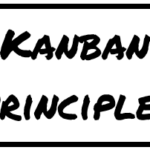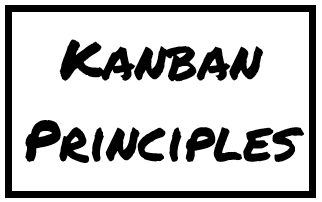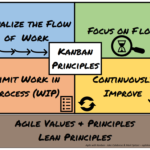Are self-organizing teams better or the same as self-managing teams? What about self-directing teams? Working with teams can be challenging due to change and complexity. So, the idea that we could have self-organizing teams or self-managing teams can sound valuable, scary, or both!
What do these terms mean, and where can they be confusing? Let’s dig into each one.



 Scaling an agile transformation beyond a few teams requires engaging middle management. Yet a common issue arises: agile coaches sideline middle
Scaling an agile transformation beyond a few teams requires engaging middle management. Yet a common issue arises: agile coaches sideline middle 
 “I don’t understand products vs. projects. What’s the difference?”
“I don’t understand products vs. projects. What’s the difference?”







